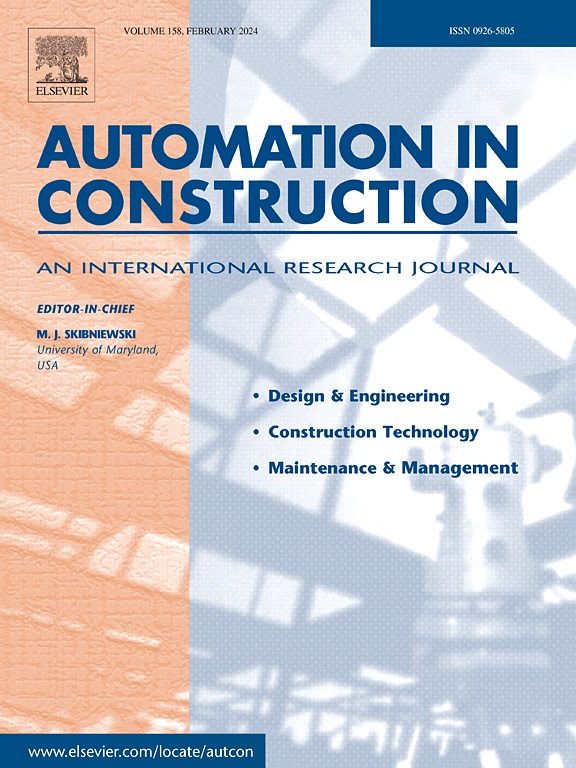基于生成模型的钢-混凝土组合箱梁桥截面智能设计
IF 11.5
1区 工程技术
Q1 CONSTRUCTION & BUILDING TECHNOLOGY
引用次数: 0
摘要
为了提高组合箱梁桥设计的效率和精度,实现快速、高精度的截面设计,需要一种有效的智能算法。然而,钢-混凝土组合箱梁桥智能设计的发展受到数据稀缺和现有生成模型性能的制约。本文介绍了一种预训练视觉转换器作为图像编码器(EI)来增强桥梁设计的生成模型。首先,构建了350个桥梁设计的数据集,用于训练和评估。然后,建立了增强的条件特征模型,并与基本生成模型进行了比较。结果表明,条件-特征变分自编码器生成对抗网络表现最好,证明了EI在智能桥梁设计中的有效性。本文填补了智能桥梁设计的空白,为未来的工程研究提供了有价值的见解,展示了深度学习在桥梁设计中的潜力和应用前景。本文章由计算机程序翻译,如有差异,请以英文原文为准。
Intelligent design of steel-concrete composite box girder bridge cross-sections based on generative models
To enhance the efficiency and accuracy of composite box girder bridge design and achieve rapid and high-precision cross-section design, an effective intelligent algorithm is imperative. However, the development of intelligent design for steel-concrete composite box girder bridges is constrained by data scarcity and the performance of existing generative models. This paper introduces a pre-trained Vision Transformer as an Image Encoder (EI) to enhance generative models for bridge design. Firstly, a dataset of 350 bridge designs is constructed for training and evaluation. Then, enhanced Condition-Feature models are developed and compared with fundamental generative models. The results show that the Condition-Feature Variational Autoencoder Generative Adversarial Network performs best, demonstrating the effectiveness of EI in intelligent bridge design. This paper fills the gap in intelligent bridge design, offers valuable insights for future engineering research, and showcase the potential and application prospects of deep learning in bridge design.
求助全文
通过发布文献求助,成功后即可免费获取论文全文。
去求助
来源期刊

Automation in Construction
工程技术-工程:土木
CiteScore
19.20
自引率
16.50%
发文量
563
审稿时长
8.5 months
期刊介绍:
Automation in Construction is an international journal that focuses on publishing original research papers related to the use of Information Technologies in various aspects of the construction industry. The journal covers topics such as design, engineering, construction technologies, and the maintenance and management of constructed facilities.
The scope of Automation in Construction is extensive and covers all stages of the construction life cycle. This includes initial planning and design, construction of the facility, operation and maintenance, as well as the eventual dismantling and recycling of buildings and engineering structures.
 求助内容:
求助内容: 应助结果提醒方式:
应助结果提醒方式:


